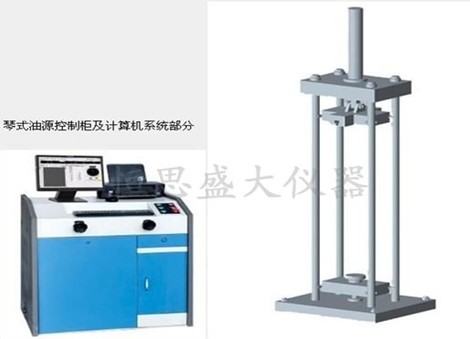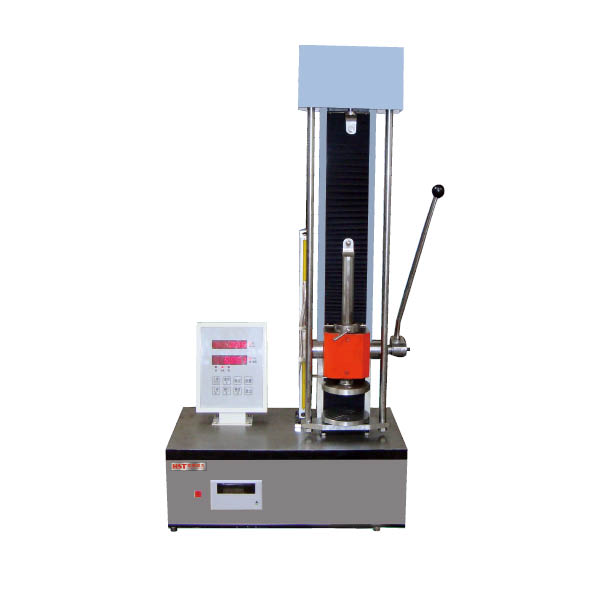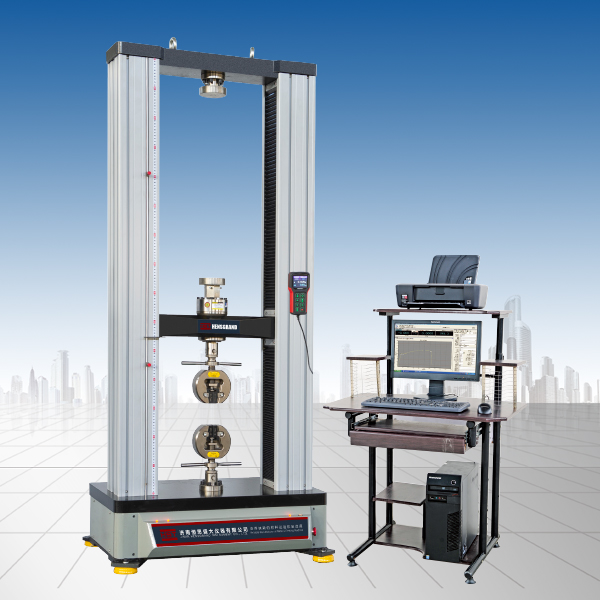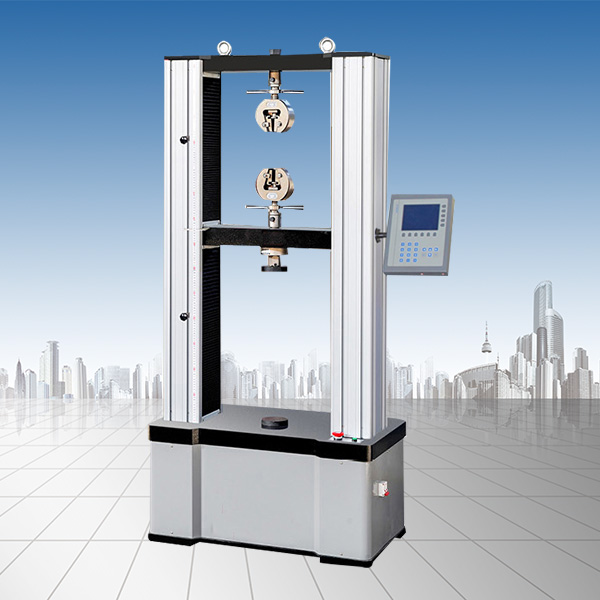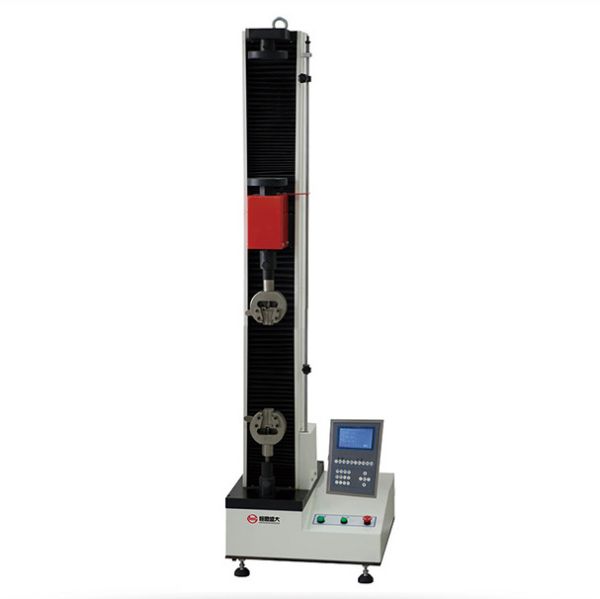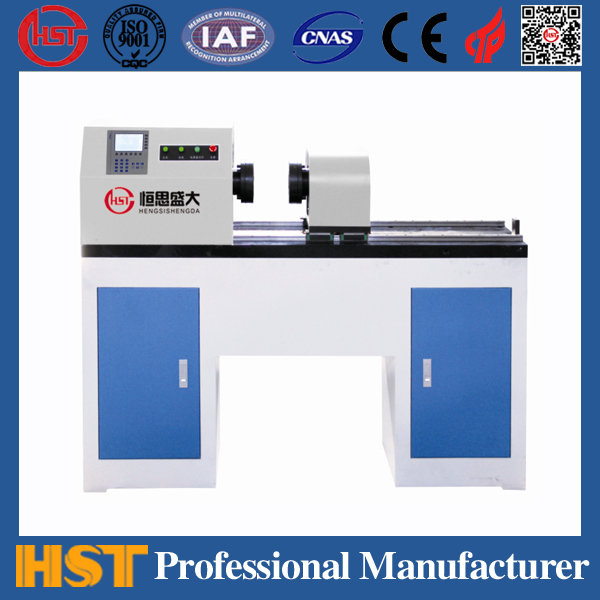A wear tester is used to measure the wear resistance of a material. The wear resistance of its products is evaluated through wear tests, such as measuring its mass loss, thickness loss and light transmittance. The wear tester is suitable for products used for testing flat surfaces, such as: travel boxes, carpets, cardboards, clothing, glass, plastic coatings, ceramic tiles, metal coatings, paints, varnishes, decorative sheets, high-pressure sheets, plastics, textiles, elastic floor mats, transportation paints, anodized layers, blankets, electronic components, decorative panels, waxes, labels, leather cases, dental materials, automotive interior decorations, resins, furniture, etc. Let’s take you to learn about the wear tester.
![Let you know about the wear tester [Information]](http://www.hssdtest.com/uploads/image/20250418/81/cb4e70b42fce9a032ccfc480073b3407.jpg)
The operation panel of the wear tester has the following functions:
1. Digital display test phase and menu selection:
2. Number of rotation selection key - used to set the number of rotations
3. Vacuum degree - adjusts the suction force of the vacuum pump
4. Number of friction rotations - Displays the number of completed revolutions (it will automatically start counting after pressing the Start key)
5. Run the vacuum cleaner - for cleaning the drive shaft and sample table
6. The internal memory system can record the number of rotations when the power is suddenly cut off.
Features of wear tester:
1. Unique wear process
2. Place the material to be tested on the turntable, and press the two grinding wheels on the material at a certain weight to make it wear.
3. When the sample with an area of 10x10cm is subject to wear, the surface material of the sample is worn by full angle particles or silk fabric to form a complete ring.
4. The grinding wheel rotates with the rotating surface of the sample disc, resulting in relative movement and wear. During the rotation process, the offset of the grinding wheel shaft relative to the rotating shaft produces slip movement, thereby abrading the material.
5. Simulate real usage conditions or meet the test conditions specified in the standards
6. The wear tester can select a variety of different wear media and accessories for different tests.
7. Repeated tests can be performed at the same point of a material, and the thickness of the material about 0.5" is damaged or worn out.
8. It can set two speeds (60, 72 rpm), 0-50000 rpm (can quickly set 100, 500, 1000 or 2500 rpm) and 3 types of load bearings.
9..Vacuum cleaner removes wear chips
10. The suction arm of the vacuum pump of the wear tester is connected by a hinge and an adjustable device on the back of the instrument, which can accurately adjust the height to accommodate different sample thicknesses.
11. Ensure the stability and accuracy of the test
12. Strict control to ensure reliable results
13. The selection of selected abrasives is strictly controlled, with high quality and good stability.
The above is the relevant introduction to the wear tester I shared with you. Only by understanding the product with a deeper understanding can you make better choices. For more information about testing machines, please consult our company. Our company has complete testing instruments to ensure the provision of accurate and high-quality testing and experimental equipment. Welcome new and old customers to visit and negotiate! Our company has been focusing on the production of test machines for twelve years and is a professional manufacturer of mid-to-high-end test machines!
![Let you know about the wear tester [Information]](http://www.hssdtest.com/uploads/image/20250418/81/cb4e70b42fce9a032ccfc480073b3407.jpg)


















